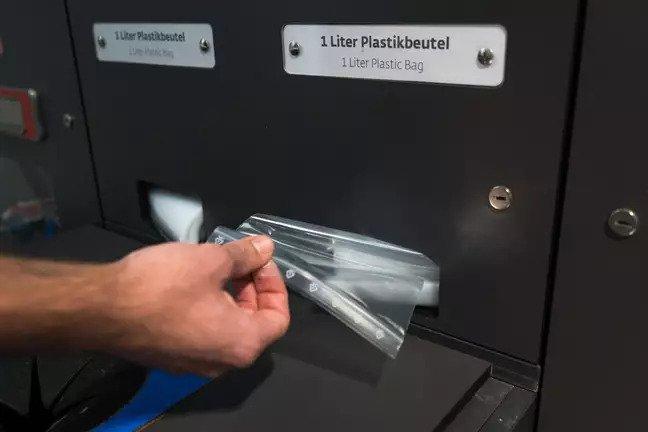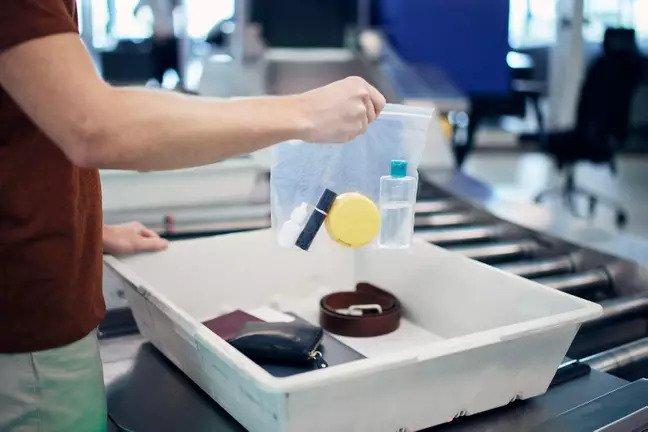London City Airport in the UK has made history as the first airport to permit liquids in quantities exceeding 100ml to be taken through security. Passengers can also now leave electronic devices such as laptops and smart devices in their luggage.
The regulations governing liquids on planes have often been a mystery to those unfamiliar with them. However, in 2006, law enforcement officials explained that the restrictions were implemented due to a legitimate threat of explosives being brought on board disguised as liquids.
The authorities have foiled at least 10 plots involving explosives concealed in this way. Fortunately, technology has progressed to the point where travelers can now carry up to two liters of water on board, and toiletries no longer need to be packed in a clear, separate bag.

The government aims to have this technology installed at all UK airports by 2024, with some facilities already implementing it, such as London City Airport.
The newly-installed C3 scanners are capable of producing highly-detailed 3D scans of passengers’ bags, allowing for easy inspection of their contents. These scanners have been in use at Teesside Airport since March, and are now being introduced at City Airport.
The hope is that these machines will speed up the security process and provide greater convenience for passengers and staff, all while maintaining the highest levels of safety. Alison Fitzgerald, the airport’s chief operating officer, confirmed that the staff had received comprehensive training on the new equipment and that passengers can trust in its effectiveness.

She told BBC News: “The level of processing now through the X-ray is even more secure than it was previously and the machine has the ability to differentiate to between a non-dangerous and a dangerous liquid.”
The machine is designed to reject images that it considers incorrect, but it can identify potential threats and allow staff to handle them appropriately. It is expected that the introduction of this technology will lead to faster security checks, particularly at smaller airports such as London City Airport.
Fitzgerald said that there could be a 30 percent increase in the speed of the ‘door to gate’ process, adding: “The whole process is quicker on the basis that previously you needed to empty your bag and put that in multiple trays whereas now it’s one bag in one tray and you don’t need to take everything out.”
However, larger airports like Heathrow, Gatwick, or Manchester may require more time to implement these changes. The goal is to have all airports fully transitioned to this technology by June 2024, resulting in a simpler and more streamlined security process for passengers.


